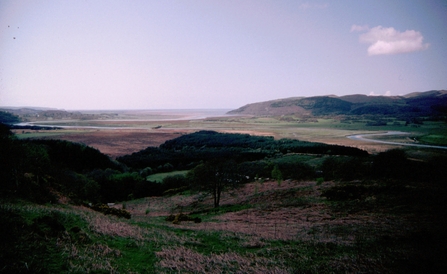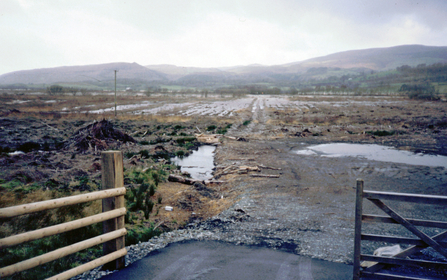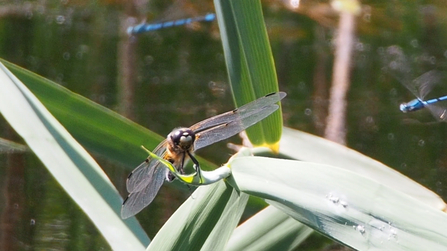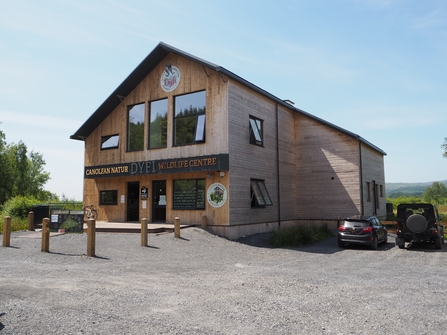Cors Dyfi is a wonderful place to visit and as people walk along the boardwalk to the 360° Observatory to view the ospreys, it is easy to see it as a stable and natural environment, whereas the reality is, that like almost all habitats in the UK, what we see today is the result of a long and continuing process of natural and man-made change. As little as 12,000 years ago, at the end of the last ice age, most of the UK would have resembled arctic tundra and it would have taken several thousand years for the plants and animals that we are familiar with today, to colonize the land from the warmer climates of southern Europe. One of these colonizers would have been Homo sapiens and although the first people to cross the land bridge from the continent would probably have lived a nomadic life, hunting animals and gathering food from extensive woodlands, it wasn’t long before the first farmers arrived. From then on changes to the landscape of the UK have increasingly been influenced by human activity and at an exponential rate from the 19th Century, as the industrialization of our society began.
Similarly, Cors Dyfi (the Dyfi bog) has seen many changes over the last few hundred years due to the influence of man, from estuarine salt marsh to reclaimed grazing and then to forestry, before returning to today’s mixture of bog, swamp, wet woodland and scrub. The nearby area also has an industrial heritage of shipbuilding and has been the location of a busy port, so humans and wildlife have had a long history together on this site. However, beneath the surface vegetation is a deep layer of peat that shows that prior to this time, the site was part of a more extensive area of bog.





